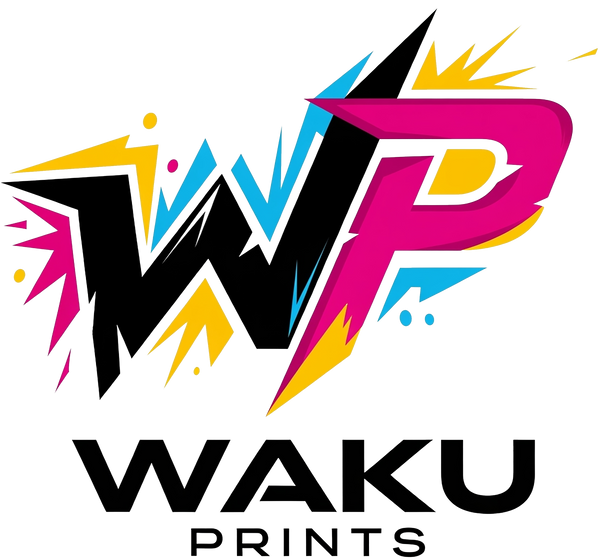How to Press DTF Transfers onto Garments: A Step-by-Step Guide
Share
Direct-to-Film (DTF) transfers have revolutionized the custom printing industry, allowing for vibrant, high-quality designs to be applied to a variety of garments. Whether you're a professional printer or a DIY enthusiast, knowing how to properly press DTF transfers onto garments is essential for achieving stunning results. In this blog post, we’ll provide a detailed step-by-step guide on how to successfully press DTF transfers, along with some tips for optimizing your process.
What You Need for Pressing DTF Transfers
Before we dive into the pressing process, ensure you have the following essential materials and equipment:
- DTF Transfer Sheets: These sheets are printed with your desired design using DTF printing technology.
- Heat Press Machine: A reliable heat press is crucial for evenly applying heat and pressure.
- Garment: Choose high-quality fabric suitable for DTF printing, such as cotton, polyester, or a cotton/poly blend.
- Teflon Sheet or Parchment Paper: To protect the design during the pressing process.
- Heat Resistant Tape (Optional): This can help secure the transfer in place if needed.
- Heat Gloves (Optional): To protect your hands from heat during the process.
Step 1: Prepare Your Heat Press
-
Set the Temperature: Preheat your heat press to a temperature between 300°F and 320°F (149°C to 160°C). This range is ideal for most DTF transfers and ensures a strong bond without damaging the garment.
-
Adjust the Pressure: Set the pressure to medium, approximately 60 PSI for air compressor heat presses, or a firm pressure for manual presses.
Step 2: Prepare Your Garment
-
Pre-Press the Garment: Place the garment on the heat press and close the lid for about 5 seconds. This step removes any moisture and helps to smooth out wrinkles, providing a clean surface for the transfer.
-
Position the Transfer: Carefully place the DTF transfer onto the garment in your desired position. If needed, use heat-resistant tape to hold the transfer in place.
Step 3: Press the Transfer
-
Cover with Teflon Sheet: Place a Teflon sheet or parchment paper over the transfer. This protects the transfer from direct heat and prevents any sticking to the heat press.
-
Press the Transfer: Close the heat press and apply pressure for 8 to 15 seconds, depending on the specific DTF transfer used. It's essential to follow the manufacturer's instructions for the exact timing and pressure.
Step 4: Peel the Transfer
-
Warm Peel Method: After the timer goes off, carefully open the heat press and remove the Teflon sheet. While the transfer is still warm, gently peel off the film from the transfer. This will reveal your vibrant design.
-
Cold Peel Method (If Applicable): Some DTF transfers require a cold peel. If this is the case, allow the garment to cool completely before peeling off the film.
Step 5: Final Press (Optional but Recommended)
- Re-Press the Transfer: For added durability and a smoother finish, place a Teflon sheet over the design again and press for an additional 5-10 seconds. This step ensures that the transfer is securely bonded to the fabric.
Step 6: Cool and Inspect
-
Let It Cool: Allow the garment to cool completely before handling or wearing it.
-
Inspect the Transfer: Check for any lifting or imperfections. If any areas are not fully adhered, you can press them again for a few seconds.
Tips for Successful DTF Transfer Pressing
- Use High-Quality DTF Transfers: Always choose high-quality transfers for the best results.
- Conduct Test Runs: Before pressing large orders, do test runs with different fabrics to find the ideal settings for heat, pressure, and time.
- Keep Your Heat Press Clean: Regularly clean the heat press surface to avoid transferring dirt or residue onto your garments.
- Experiment with Fabrics: Different fabrics may require slight adjustments in temperature or pressure, so be prepared to experiment for optimal results.
Conclusion
Pressing DTF transfers onto garments can be a straightforward process when done correctly. By following these steps and utilizing high-quality materials, you can achieve professional-looking results that will impress your clients or friends. DTF printing is a versatile and efficient way to bring your custom designs to life, making it an excellent choice for anyone in the custom apparel industry.
